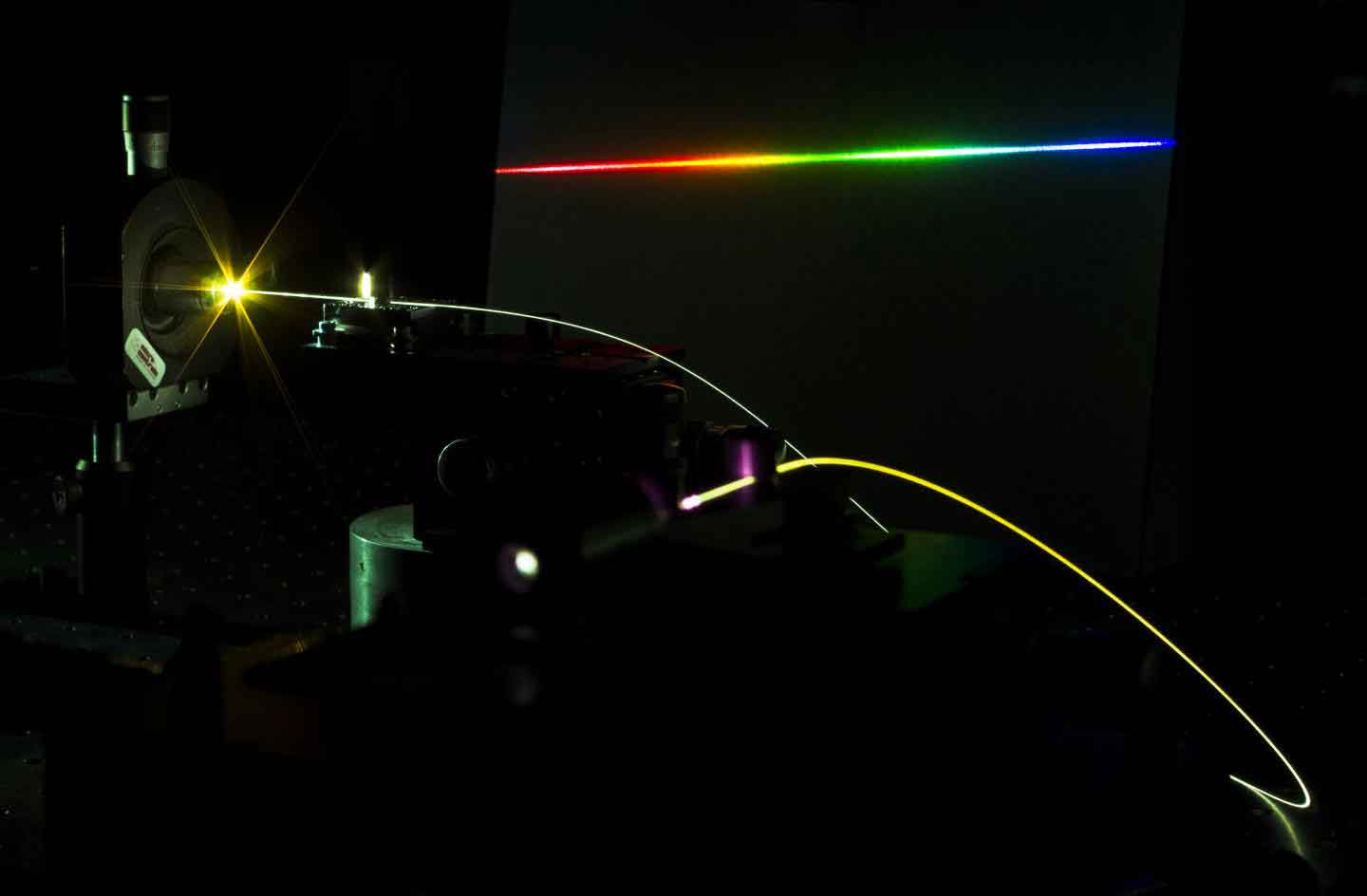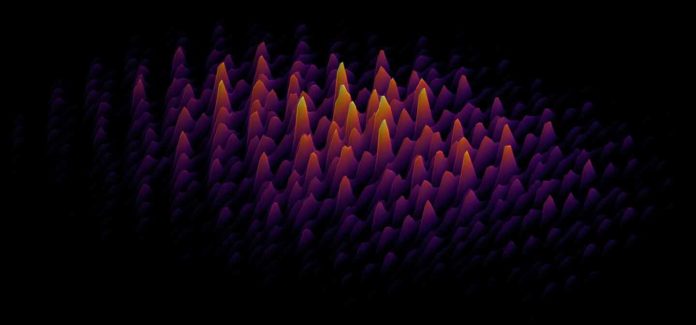Scientists can now possibly customize the properties of broadband light using machine-learning and an integrated photonic chip. Also called “supercontinuum”, these sources are at the center of new imaging innovations and the methodology proposed by the scientists will bring further knowledge into basic parts of light-matter collaborations and ultrafast nonlinear optics.
During the study, scientists were ready to make and control extreme ultrashort pulse designs, which are utilized to create a broadband optical spectrum. As of late, the improvement of laser sources including exceptional and ultrashort laser pulses- that prompted the Nobel Prize in Physics in 2018 – alongside approaches to spatially keep and guide light engendering (optical fiber and waveguides) offered to ascend to optical structures with tremendous power.
With these new systems, a variety of potential outcomes develops, for example, the age of supercontinua, i.e expanded light spectra produced through serious light-matter connections.

CREDIT
Benjamin Wetzel
Such incredible and complex optical systems, and their related procedures, right now shape the building blocks of across the board applications traversing from laser science and metrology to cutting-edge detecting and biomedical imaging methods.
To continue pushing the points of confinement of these advancements, additionally, the fitting ability of the light properties is required. With this work, the universal research group uncovers a functional and versatile answer to this issue.
Scientists demonstrated that diverse patterns of femtosecond optical pulses can be prepared and judiciously manipulated.
Dr. Benjamin Wetzel (University of Sussex), principal investigator of this research led by Prof. Roberto Morandotti (INRS) and Prof. Marco Peccianti (University of Sussex) said, “We have taken advantage of the compactness, stability and sub-nanometer resolution offered by integrated photonic structures to generate reconfigurable bunches of ultrashort optical pulses. The exponential scaling of the parameter space obtained yields to over 1036 different configurations of achievable pulse patterns, more than the number of stars estimated in the universe.”
With such a substantial number of combinations to seed an optical system known to be profoundly touchy to its underlying conditions, the analysts have swung to a machine-learning system with the end goal to investigate the result of light control.
Specifically, they have demonstrated that the control and customization of the yield light is for sure proficient when conjointly utilizing their system and an appropriate calculation to investigate a large number of accessible light heartbeat designs used to tailor complex physical dynamics.
These exciting results will impact fundamental as well as applied research in a number of fields, as a large part of the current optical systems rely on the same physical and nonlinear effects as the ones underlying supercontinuum generation.
The work is further expected to seed the development of other smart optical systems via self-optimization techniques, including the control of optical frequency combs (Nobel 2005) for metrology applications, self-adjusting lasers, pulse processing and amplification (Nobel 2018) as well as the implementation of more fundamental approaches of machine-learning, such as photonic neural network systems.
